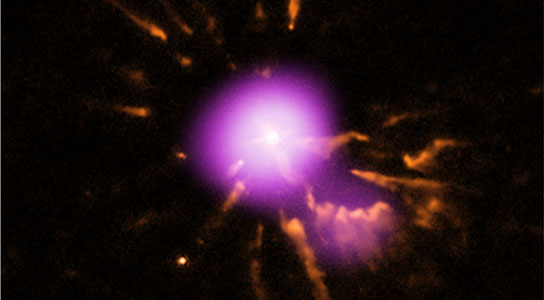
The planetary nebula Abell 30 resides 5,500 light-years away from Earth.
These new images of the planetary nebula Abell 30, which is located 5,500 light-years away from Earth, show one of the clearest views ever obtained of a special phase of evolution for these objects.
A new study of A30 was published The Astrophysical Journal. The images are composites containing X-ray data from NASA’s Chandra X-ray Observatory in purple and Hubble Space Telescope’s data showing optical emission from oxygen ions in orange. The larger view contains data from Kitt Peak National Observatory and ESA’s XMM-Newton with oxygen once again in orange, hydrogen in green and blue, and X-ray emissions in purple.
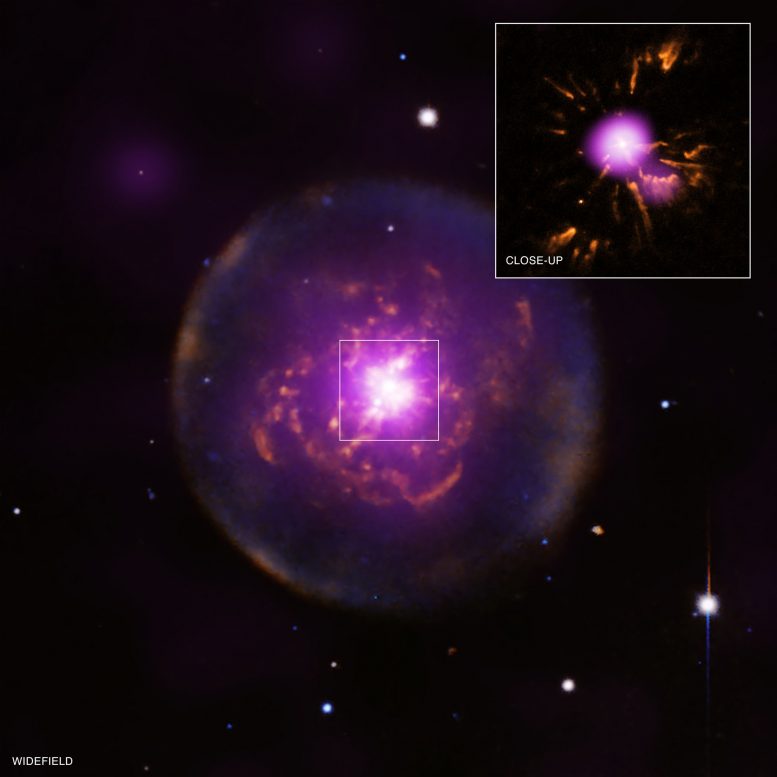
The inset image on the right is a close-up view of A30 showing X-ray data from NASA’s Chandra X-ray Observatory in purple and Hubble Space Telescope data showing optical emission from oxygen ions in orange. On the left is a larger view showing optical and X-ray data from the Kitt Peak National Observatory and ESA’s XMM-Newton, respectively, where the optical data shows emission from oxygen (orange) and hydrogen (green and blue), and X-ray emission is colored purple. A planetary nebula is formed in the late stage of the evolution of a sun-like star, after it expands to become a red giant. In the case of A30, a planetary nebula formed but then the star briefly reverted to being a red giant. The evolution of the planetary nebula then restarted, making it reborn, a special phase of evolution that is rarely seen. Credit: Inset X-ray (NASA/CXC/IAA-CSIC/M.Guerrero et al); Inset Optical (NASA/STScI); Widefield X-ray (ESA/XMM-Newton); Widefield Optical (NSF/NOAO/KPNO)
A planetary nebula — so called because it looks like a planet when viewed with a small telescope — is formed in the late stage of the evolution of a sun-like star. After having steadily produced energy for several billion years through the nuclear fusion of hydrogen into helium in its central region, or core, the star undergoes a series of energy crises related to the depletion of hydrogen and subsequent contraction of the core. These crises culminate in the star expanding a hundred-fold to become a red giant.
Eventually, the outer envelope of the red giant is ejected and moves away from the star at a relatively sedate speed of less than 100,000 miles per hour. The star meanwhile is transformed from a cool giant into a hot, compact star that produces intense ultraviolet radiation and a fast wind of particles moving at about 6 million miles per hour. The interaction of the UV radiation and the fast wind with the ejected red giant envelope creates the planetary nebula, shown by the large spherical shell in the bigger image.
In rare cases, nuclear fusion reactions in the region surrounding the star’s core heat the outer envelope of the star so much that it temporarily becomes a red giant again. The sequence of events — envelope ejection followed by a fast stellar wind — is repeated on a much faster scale than before, and a small-scale planetary nebula is created inside the original one. In a sense, the planetary nebula is reborn.



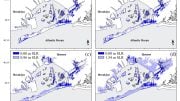


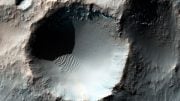
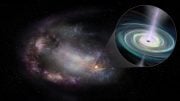
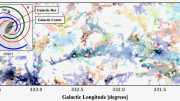
Be the first to comment on "Spherical Phase of Planetary Nebula Abell 30"